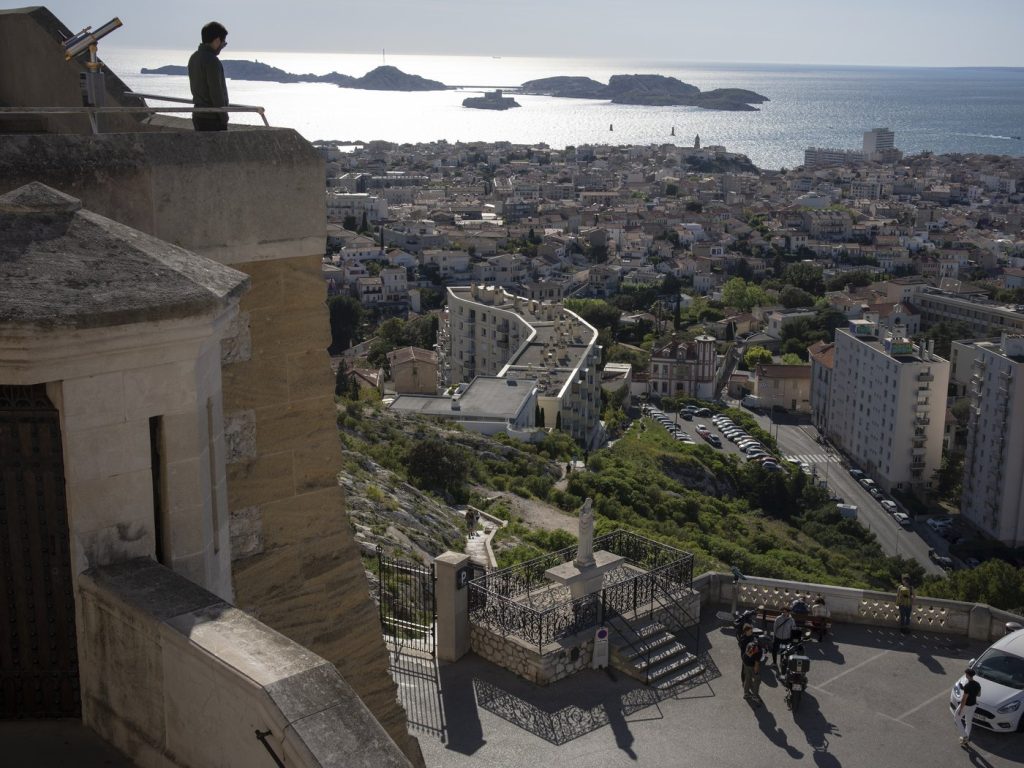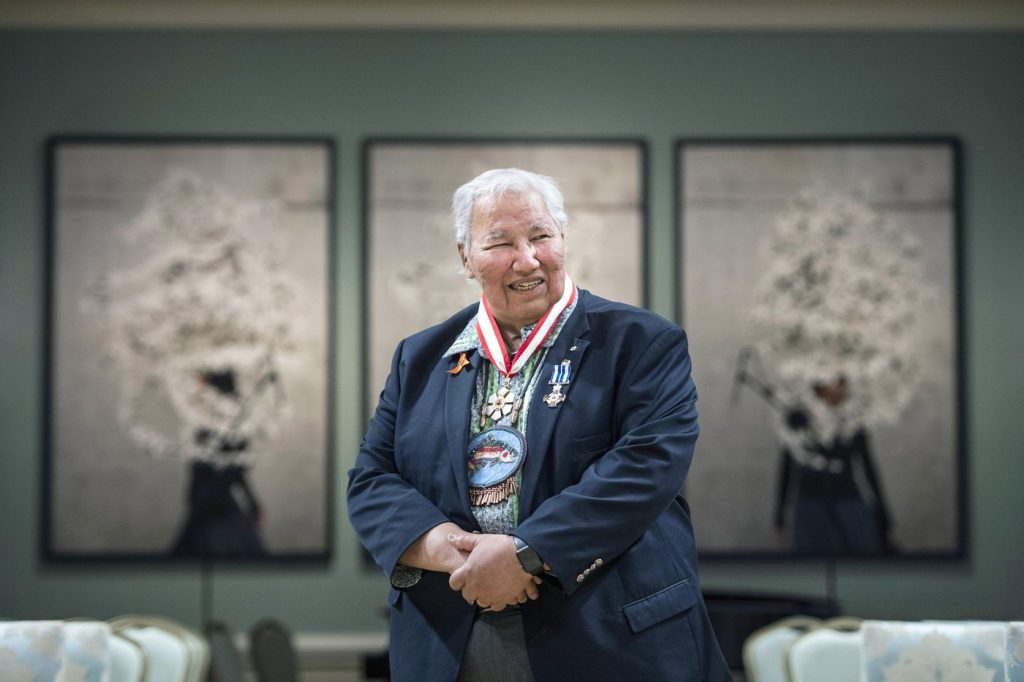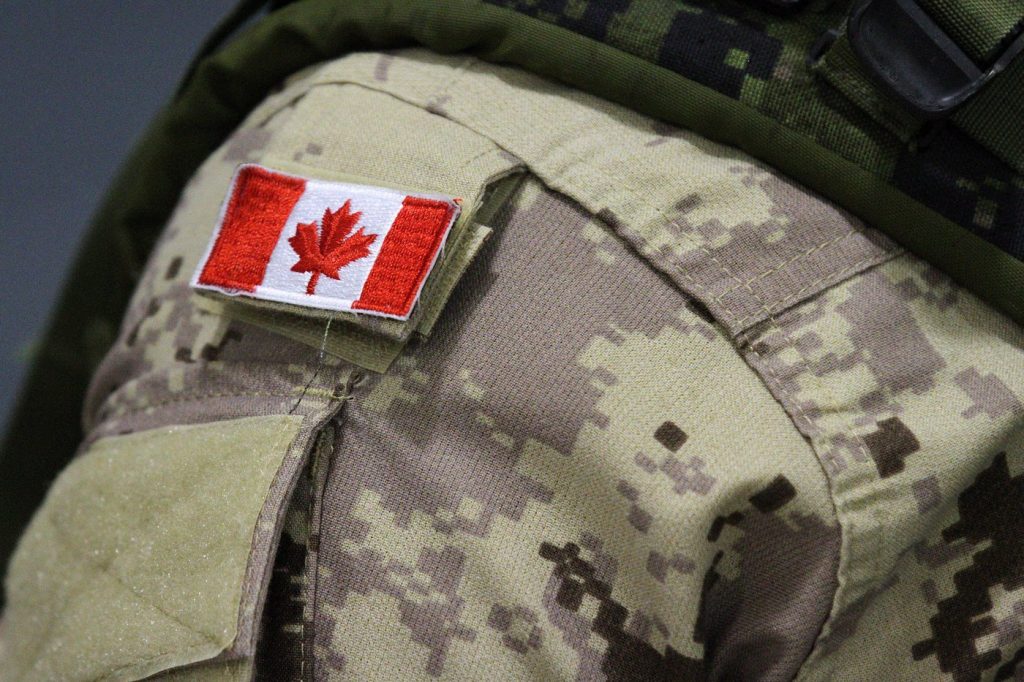From schools to the Olympics, how France’s staunch secularism affects religion in public life

Posted May 23, 2024 01:43:09 AM.
Last Updated May 23, 2024 08:41:07 AM.
MARSEILLE, France (AP) — Walk around multicultural metropolises like Paris or Marseille, or any small village in the French countryside, and signs of faith are everywhere. Many Muslim women wear headscarves and historical Catholic churches anchor nearly every neighborhood.
But France’s principle of “laïcité,” loosely translated as “secularism,” means no “excessive” crosses, or kippahs, or Islamic head coverings can be worn by staff, students and players in public schools, hospitals, courts and sports fields — though visitors and spectators can.
As the world’s eyes turn to France, host of the Olympics in two months, this unique way to define the role of religion in public life is getting more scrutiny.
SECULARISM AS A CONSTITUTIONAL PRINCIPLE
The French Constitution states that “France is an indivisible, lay, democratic and social Republic.”
A 1905 law codifying the separation of church and state, freeing each from the other’s influence, is similar to most other modern democratic states’ that also contended with a violent history of religious conflicts and absolutist regimes.
But the French version, diverging from the multiculturalism approaches next door in the United Kingdom or in the United States, allows the restriction of religious expression in public spaces that provide services to citizens. Such places should be strictly neutral, emphasizing “that which unites more than that which separates,” according to a guide written by the Education Ministry’s council on secularism.
NO SEAT FOR RELIGION IN THE CLASSROOM
The first such space to become legally lay was the school, says Ismaïl Ferhat, professor at Paris Nanterre University. Laws from the 1880s that made education free and mandatory also required public schools to present no faith viewpoints in the curriculum, and banned pastors from teaching as well as religious symbols from classrooms.
The context for supporters was, and continues to be, that schools should be free of any expression, political or religious or otherwise, that “disturbs the peace.”
The first big political clash came in 1989, when three students refused to take off their headscarves in a classroom near Paris and were expelled. The country’s highest administrative court found schools could limit religious symbols that are ostentatious or worn “in a spirit of protest.”
After a surge in incidents, a 2004 law banned wearing anything that “clearly manifests religious belonging” in public schools, though not in universities. Last year, the Education Minister, who’s now Prime Minister, said the ban included abayas and qamis, clothing traditionally worn in Muslim-majority countries — a move criticized by the U.S. government’s Commission on International Religious Freedom.
ANTI-RADICALIZATION OR DISCRIMINATION?
Supporters of this approach say that secularism, especially in schools but also in sports clubs, is crucial for youth to be free from pressures of proselytism and radicalization.
The latter resonates deeply in France, still scarred by the 2015 attacks when Islamist terrorists killed nearly 150 people. Special anti-terrorism measures will be in place for the Olympics, and already heavily armed officers routinely patrol major cities, while signs alerting the public to the threat are posted from amusement parks to theaters.
But critics also see the establishment responding to the rise of anti-immigrant political parties, which fomented the perception of Islam as a danger to the country.
That has only exasperated already marginalized communities. There, fear but also defiance are growing together, and a feeling of alienation from France runs parallel with more attachment to a religious identity, said Françoise Lorcerie, an Aix-Marseille University professor.
THE BATTLEGROUND OF SPORTS
The battle over secularism extends to sports too, from physical education in schools to elite athletes.
The Education Ministry, arguing there’s a growing threat of radicalization on sports fields, recently published a booklet reminding schools that students can’t “refuse subject matters that seem to them contrary to their convictions.” It advises what to do if they present “unjustified” medical certificates to avoid swimming lessons or gym classes.
Last year, France’s highest administrative court ruled that the soccer federation can ban headscarves in competitions, dealing a blow to the group of soccer players called “Les Hijabeuses” who had launched legal action against the ban.
WHAT ABOUT THE PARIS OLYMPICS?
France’s ban on religious symbols for its athletes at the Olympics is in line not only with the country’s secularism and neutrality principles, but with the Olympic charter, said Médéric Chapitaux, an expert on sports and religion who’s also a member of the French government’s council on laïcité.
Rule 50.2 of the charter prohibits any “demonstration or political, religious or racial propaganda” at Olympic sites — and France is only observing it strictly by not making exceptions, such as for headscarves, he added. Athletes from other countries will observe their own regulations.
The charter rule was created in 1975 after highly visible protests by Black American athletes on Olympic podiums, as organizers feared racial and Cold War tensions would spill over into the Games, said Debbie Sharnak, a Rowan University professor who studies the intersection of sports and politics.
But debates over the rule have long simmered and burst onto the global scene in the last Games, amidst renewed concerns for social justice and freedom of expression.
“Sports has never been a separate entity, and if we start putting limits on athletes’ expression, we are taking away this very important platform,” Sharnak said.
___
Associated Press religion coverage receives support through the AP’s collaboration with The Conversation US, with funding from Lilly Endowment Inc. The AP is solely responsible for this content.
Giovanna Dell’orto, The Associated Press








